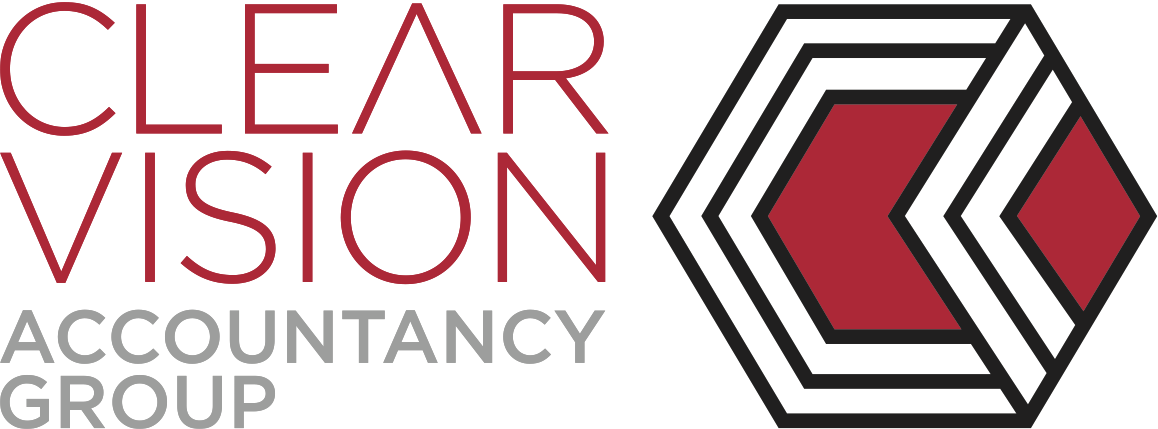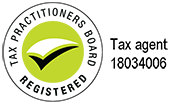Super Snapshot – February 2014
This month’s super snapshot will cover a recent strategy which we implemented to the benefit of a client recently.
This strategy is applicable for SMSF members who are between 55 and 59 years of age and are either permanently retired or drawing a transition to retirement balance which has non concessional component.
If you are unsure if you fall into either of these categories, please contact our office on
07 4632 9077.
Su-Mei
SMSF Specialist
Withdrawing your account based pension tax effectively for under 60 year olds.
Each year, members drawing an income stream (pension) from their superannuation funds are required to meet a minimum withdrawal requirement. For those members under the age of 60, the taxable component of these minimum withdrawals are taxable in the member’s personal name.
Introducing the Lump Sum Payment
There are generally three ways to withdraw money from super.
| Type of payment | What this means for the SMSF | Example – Tax effect on SMSF | Example – Tax effect on Terry |
| Income Stream Payment | An income stream payment is a payment made from an account in pension mode. This means the Fund does not pay tax on any income earned by the assets supporting the pension. | Terry is a single member of her SMSF. Terry commenced a pension with 100% of her balance on 1 July 2013. During the 2014 financial year the SMSF earns $4,000 in interest on a term deposit. This interest is tax free because the SMSF is fully in pension. | As Terry is under 60, she will pay tax on the taxable component of her pension payment at her marginal tax rate and will receive a 15% tax offset against tax paid. |
| Lump Sum Payment | A lump sum payment is a payment made from an account in accumulation mode. This means the Fund will pay tax of 15% on any income earned by the assets supporting the accumulation account. | Terry is the single member of her SMSF. The SMSF has a term deposit of $100,000. During the 2014 financial year the term deposit earns $4,000 interest. The SMSF would pay $600 tax on the interest earned. | As Terry is under 60, she will pay tax on the taxable component of her lump sum withdrawal at 16.5% however, she may be able to access the low rate cap (see below) |
Members who withdraw funds as a lump sum payment may have access to the Low Rate Cap. The low rate cap is a lifetime cap which is available to members between the ages of 55-59. The low rate cap allows you to take some of the your lump sum withdrawal (up to the capped amount) tax free. Amounts withdrawn in excess of the cap amount are taxed at 16.5% on the taxable portion. The low rate cap is $180,000 for the 2014 financial year and is indexed annually.
Partial commutation: withdrawing a lump sum payment from an account based pension account
A recent ATO determination (SMSFD 2013/2) has confirmed that if a member is drawing an account based pension and chooses to withdraw his/her money as a lump sum payment this will satisfy the minimum pension requirement. This means that members can effectively have the best of both worlds. A member can convert his/her account to pension mode and therefore access tax free benefits of being in pension within the SMSF; as well as being able to withdraw the minimum pension as a lump sum, use the low rate cap and pay no tax on the withdrawal in their own name.
How does this work?
One important consideration for this strategy is that the choice to withdraw the funds as lump sum rather than a pension payment is made (and documented by your accountant) prior to the withdrawal. This is because in order to withdraw funds as a lump sum that amount needs to be commuted back to accumulation immediately prior the withdrawal taking place. This is called a ‘partial commutation’. Because only part of the pension is commuted and then immediately withdrawn, the fund retains the tax free environment of pension mode.
Case Study:
Terry is 58 years old and retired. On 1 July 2013 Terry has commenced an account based pension and has been advised that her minimum withdrawal is $18,200. Terry has not previously used her Low Rate Cap at all. Terry’s pension is 100% taxable. Terry also receives income from non superannuation sources and does not rely on regular stream of income from her SMSF for her day to day living. Terry has consulted her accountant and decided that she will withdraw her minimum pension as one withdrawal in June 2014. Terry elects to make a lump sum commutation for her minimum pension amount of $18,200.
| Effect on Terry’s personal income tax position | |||
| Description | Amount | Tax if withdrawal taken as Account Based Pension Payment | Tax if withdrawal taken as a Lump Sum (using low rate cap) |
| Terry’s withdrawal from her SMSF | $18,200 | $6,188* | $0 |
| Less Tax Offset | ($2,730) | $0 | |
| Total Tax | $3,458 | $0 | |
*assuming an effective marginal tax rate of 34% (32.5% plus 1.5% Medicare levy)
How we can help
If you are between 55 and 59 and either withdrawing an account based pension OR withdrawing a transition to retirement pension (TRIS) and have unrestricted non preserved balances, this strategy may assist you. Please contact our office for further information
The post Super Snapshot – February 2014 appeared first on Clear Vision Accountancy Group.





